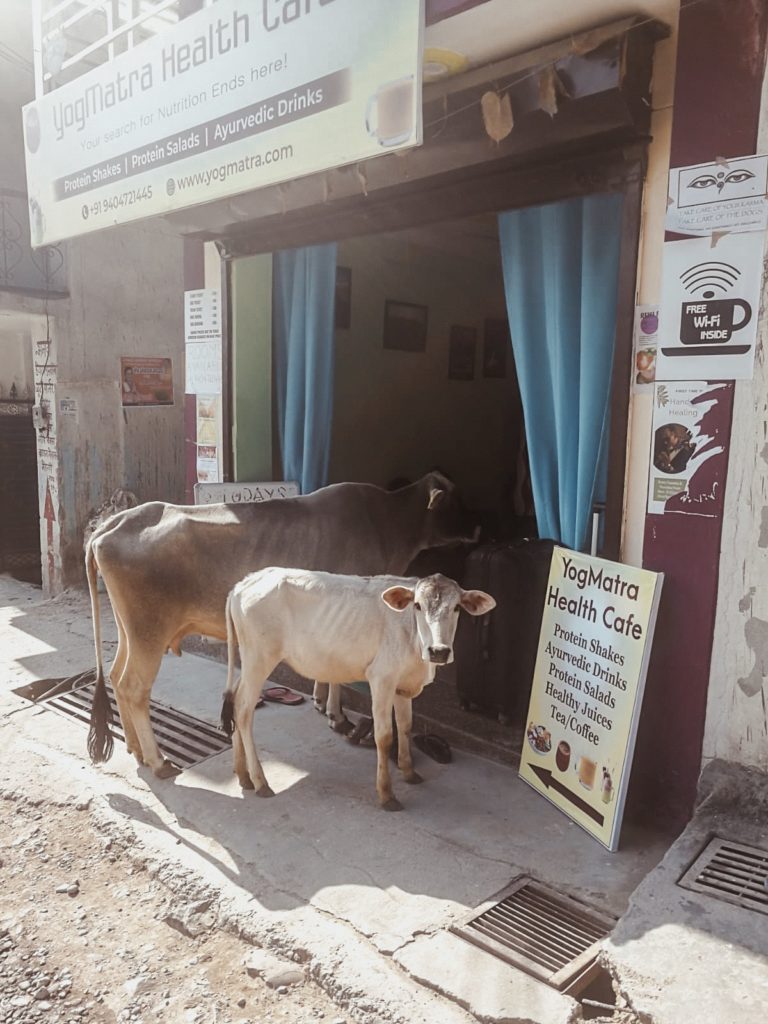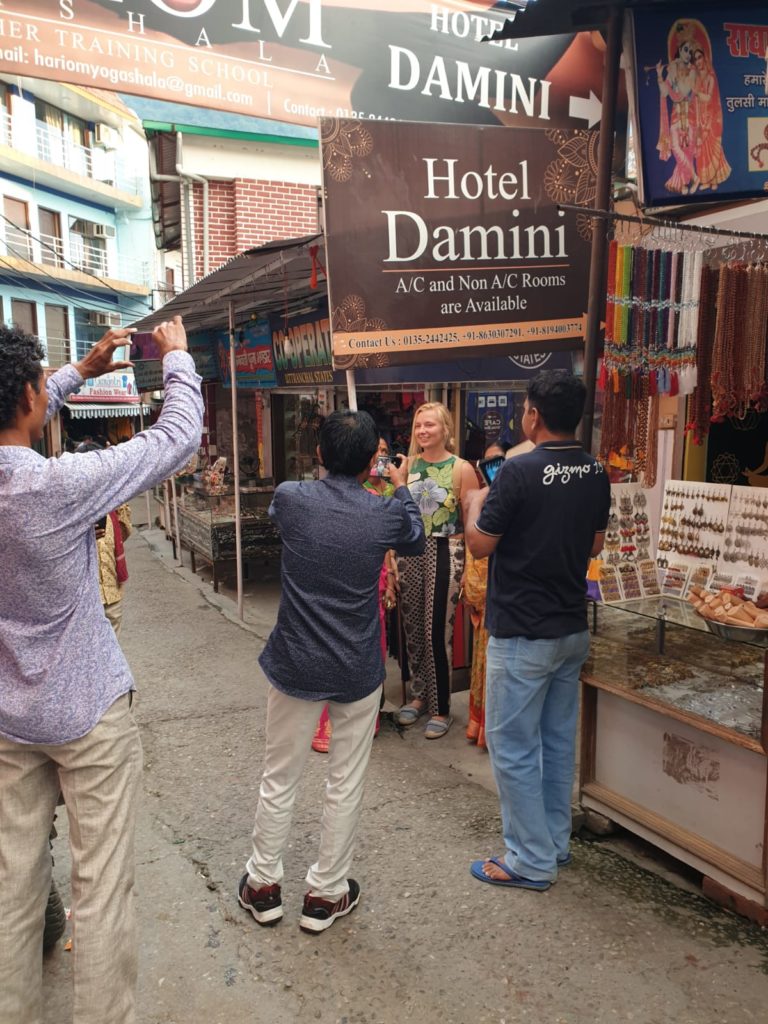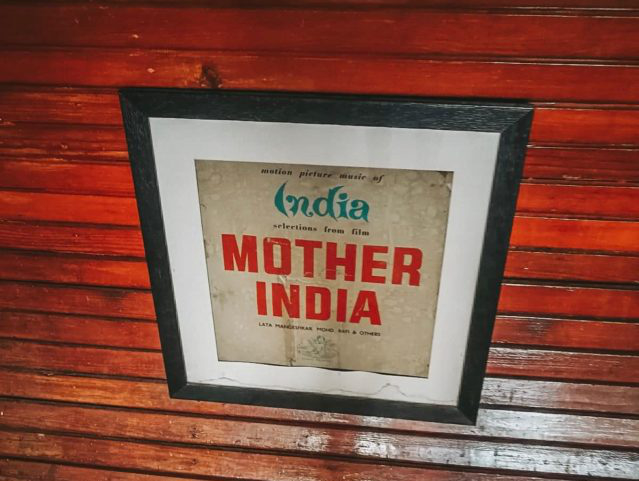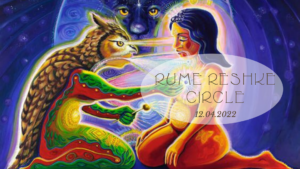
Departure to India
I had the opportunity to go to India as many as three (3!) times before I actually decided to do it. Why? None of the previous occasions I felt like it. Largely because I associated India with commercial spirituality, which I was very uncomfortable with (paradoxically, all the workshops and courses I attended were paid for – don’t look for logical thinking here).
Only 2 years ago, driven to the edge of exhaustion by work (the theme of exhaustion will appear quite often on this blog – it is my main impulse leading to changes), I decided to take advantage of another invitation – the more so because it was a trip for Yoga Teachers from all over the world co-organized by the Ministry of Yoga and Ayurveda. Sounds prestigious and luxurious – and, contrary to appearances, luxury here is one of the many faces of this beautiful country.
India is vast and full of differences that can be seen not only between north and south, or east and west. The scale of diversity can be seen in just 5square metres: unfinished buildings contrast with palatial houses. Restaurants of a Western standard, with street food carts driving past. Rubbish strewn on the street in front of the restaurant and its very clean interior. Richly decorated temples and next to them homeless people begging for 20 rupees (today’s equivalent of 1 zloty and 8 groszy).
1600 dialects
The amount of stimuli (smells, sounds and colours) can be overwhelming – especially in big cities like Delhi or Mumbai. Behind everything are people: millions of people with different ethno-cultural backgrounds. With 22 statutory and over 1,600 local languages and dialects, one might fear that such a city cannot exist and function. And not only does it function, but it is overflowing with life and finds space for dialogue. And while 80% of the population is Hindu, there are plenty of religious minorities in the form of Christians, Muslims, Buddhists, Sikhs and Jains. And, of course, they are all different from each other.
These contrasts teach about many things: about being open to otherness or about going beyond what we consider right and wrong. About how diversity is necessary and how opposites complement each other. About the intertwining of life and death, wealth and poverty, pain and joy. And it’s easy to understand this on an intellectual level, but the real test of openness comes empirically.
Cows everywhere, and cars drive as they please
You must know that India has its own laws, which are very different from our standards. I think the best reflection of this is the situation on the roads. Lines on the road? Forget it. If there are any, it is in the cities, but it doesn’t change anything because everyone drives as they please. When I was six years old, I used to play cars with my childhood friend. We agreed who would be a Polonez and who would be a Lada. The most fun we had when turning was when we did the “ti-ku ti-ku” to signal a turn. I mention this to show how deeply ingrained in my consciousness the use of turn signals is. Indian kids, if they were playing cars, would sooner sound their horns to avoid colliding with someone who suddenly decided to change lanes. WITHOUT AN INDICATOR. NO and cows, which for reasons I can’t understand, love to hang out on the roads. Preferably in the middle of them. In practice this means that if there is a traffic jam, it is not caused by an accident, but by a cow that has decided to make itself at home between the cars. And it does not want to leave.
From the moment I arrived in India, I felt at home. Everything is familiar and close to me – well, except maybe the fact that my appearance arouses a lot of interest here. This being the centre of attention makes me want to hide, but I observe this discomfort with compassion and so it slowly dissolves. Anyway, in different parts of the country a white, blond woman evokes different reactions.

Blonde in India
By far the most difficult was in the north – in Delhi and Amritsar. There the men were the most pushy and even though I refused to take photos with them, they wouldn’t accept it. There were times when someone would grab my arm and pull me in their direction – so I don’t recommend travelling alone in Uttarakhand. The situation in Kerala was completely different – people there are very polite and if they did look at me, it was rather surreptitious, with kind smiles on their faces.
In Goa, on the other hand, no one is surprised by the presence of blondes, because for many years it has been one of the favourite holiday destinations of Russians, and here I have been repeatedly greeted by people with a thunderous “Priviet!”, to which first with slight irritation and then with resignation I replied “I’m not Russian”.

Just as India and the Indians are exotic to us, Europe and we are exotic to them – not only because of our appearance, but also because of our behaviour. India is a country with a cult of men. Women have a role there, but it is not an equal position with men. And even though women are starting to have more and more independence and self-reliance there (they pursue careers, travel, have passions), still, for example in the case of yoga: it is a male-dominated market. This combination of the cult of gurus and male domination creates room for abuse, but I’ll tell you more about that in my next post
In the cult of men, women on the one hand have a role, and on the other hand it is not an equal position with men. Despite the fact that women are getting stronger socially and are more and more independent – they realize themselves professionally, travel, have passions – still when it comes to yoga, for example, the teacher market is dominated by men. This combination of the cult of gurus and male domination creates a field for abuse. But I will write about this in the next post: “What to watch out for when going for a teacher training course in India?”. :).
POLISH
O co chodzi z tymi Indiami?

Wyjazd do Indii
Miałam możliwość wyjazdu do Indii aż trzy (3!) razy, zanim się na to faktycznie zdecydowałam. Dlaczego? Żadnej w wcześniejszych okazji nie czułam. W dużej mierze dlatego, że Indie kojarzyły mi się z komercyjną duchowością, z którą było mi bardzo nie po drodze (paradoksalnie wszystkie warsztaty i kursy, w których uczestniczyłam, były płatne – nie szukajcie tutaj logiki myślenia).
Dopiero 2 lata temu, doprowadzona do skraju wytrzymałości pracą (motyw wyczerpania będzie się dosyć często pojawiać na tym blogu – jest on moim głównym bodźcem prowadzącym do zmian), zdecydowałam się na skorzystanie z kolejnego już zaproszenia – tym bardziej, że był to wyjazd dla Nauczycieli Jogi z całego świata współorganizowany przez Ministerstwo Jogi i Ajurwedy. Brzmi prestiżowo i luksusowo – i, wbrew pozorom, luksus stanowi tutaj jedną z wielu twarzy tego pięknego kraju.
Indie są ogromne i pełne różnic, które można zauważyć nie tylko pomiędzy północą a południem, czy wschodem a zachodem. Skala różnorodności jest do zaobserwowania już na powierzchni 5 m2: niedokończone budynki kontrastują z pałacowymi wręcz domami. Restauracje o zachodnim standardzie, obok których jeżdżą wózki ze street foodem. Śmieci porozwalane na ulicy przed lokalem i jego bardzo czyste wnętrze. Bogato zdobione świątynie, a obok nich bezdomni żebrzący o 20 rupii (według dzisiejszego przelicznika to równowartość 1 zł i 8 groszy).
1600 dialektów
Ilość bodźców (zapachów, dźwięków i kolorów) bywa przytłaczająca – w szczególności w dużych miastach takich jak Delhi czy Bombaj. Za wszystkim stoją ludzie: miliony ludzi o różnym tle etniczno-kulturowym. Z 22 ustawowymi oraz ponad 1600 lokalnymi językami i dialektami, można by się obawiać, że takie miasto nie może istnieć i funkcjonować. A nie tylko funkcjonuje, ale również jest przepełnione życiem i znajduje przestrzeń na dialog. I chociaż 80% ludności stanowią Hindusi, to jest dużo mniejszości religijnych w postaci chrześcijan, muzułmanów, buddystów, sikhów i dżinistów. I, oczywiście, wszyscy różnią się od siebie.
Te kontrasty uczą o wielu rzeczach: o otwartości na inność czy wyjścia poza to, co uznajemy za właściwe, a co nie. O tym jak bardzo różnorodność jest potrzebna i o tym w jaki sposób przeciwieństwa się uzupełniają. O przeplatającym się życiu i śmierci, bogactwie i biedzie, bólu i radości. I łatwo jest zrozumieć to na poziomie intelektualnym, lecz prawdziwy sprawdzian otwartości przechodzimy empirycznie.
Wszędzie krowy, a samochody jeżdżą jak chcą
Musicie wiedzieć, że Indie rządzą się swoimi prawami, które z kolei bardzo odbiegają od naszych standardów. Uważam, że najlepszym tego odzwierciedleniem jest sytuacja na drogach. Linie na jezdni? Zapomnij. Jeżeli są, to w miastach, ale i tak niczego to nie zmienia, bo i tak każdy jeździ jak chce. Gdy miałam 6 lat, bawiłam się z moim przyjacielem z dzieciństwa w samochody. Umawialiśmy się, kto z nas będzie Polonezem, a kto Ładą. Największą zabawę mieliśmy przy skręcaniu, gdy robiliśmy „ti-ku ti-ku”, by zasygnalizować skręt. Mówię o tym, by pokazać jak głęboko w mojej świadomości zakorzenione jest używanie kierunkowskazów. Indyjskie dzieci, gdyby bawiły się w samochody, prędzej wydawałyby z siebie dźwięki klaksonów, żeby uniknąć zderzenia z kimś, kto nagle zdecydował się zmienić pas. BEZ KIERUNKOWSKAZU. NO i krowy, które z niezrozumiałych mi względów uwielbiają robić sobie spędy na drogach. Najlepiej na samym ich środku. W praktyce to oznacza, że jeżeli gdzieś powstał korek, to jego przyczyną raczej nie jest wypadek, a krowa, która zdecydowała się rozgościć pomiędzy samochodami. I za nic nie chce się stamtąd ruszyć.
Od momentu, w którym pojawiłam się w Indiach, czuję się jak w domu. Wszystko jest mi znane i bliskie – no, może poza tym, że mój wygląd wzbudza tutaj duże zainteresowanie. To bycie w centrum zainteresowania wywołuje we mnie chęć schowania się, ale obserwuję ten dyskomfort ze współczuciem i dzięki temu powoli się rozpuszcza. Zresztą w różnych częściach kraju biała, blond kobieta wzbudza inne reakcje.

Blondynka w Indiach
Zdecydowanie najtrudniej było na północy – w Delhi i Amritsarze. Tam mężczyźni byli najbardziej nachalni i mimo, że odmawiałam im wspólnych zdjęć, to nie przyjmowali tego do wiadomości. Zdarzało się, że ktoś złapał mnie za ramię i ciągnął w swoją stronę – więc nie polecam samotnego podróżowania w Uttarakhandzie. Zupełnie inaczej sytuacja wyglądała w Kerali – ludzie tam są bardzo uprzejmi i jeżeli już mi się przyglądali, to raczej ukradkiem, z życzliwymi uśmiechami na twarzy.
Na Goa z kolei nikogo nie dziwi obecność blondynek, ponieważ od wielu lat to jedno z ulubionych miejsc wypoczynkowych Rosjan i tutaj wielokrotnie byłam witana przez ludzi gromkim „Priviet!”, na co najpierw z lekką irytacją, a potem rezygnacją odpowiadałam „I’m not Russian”.

Tak, jak dla nas egzotyczne są Indie i Indusi, tak samo dla nich egzotyczna jest Europa i my – nie tylko z uwagi na nasz wygląd, ale też zachowanie. Indie to kraj kultu mężczyzn. Kobiety tam mają swoją rolę, ale nie jest to pozycja równa mężczyźnie. I chociaż kobiety zaczynają tam mieć coraz większą niezależność i samodzielność (realizują się zawodowo, podróżują, mają pasję), to i tak choćby w przypadku jogi: jest to rynek zdominowany przez mężczyzn. Ta kombinacja kultu guru i dominacji mężczyzn tworzy z kolei pole do nadużyć, ale o tym napiszę Wam już w kolejnym poście
W kulcie mężczyzn, kobiety z jednej strony mają swoją rolę, a z drugiej nie jest to pozycja równa mężczyźnie. Mimo tego, kobiety są coraz silniejsze społecznie i coraz bardziej samodzielne – realizują się zawodowo, podróżują, mają pasje – to i tak jeśli chodzi np. o jogę to rynek nauczycieli jest zdominowany przez mężczyzn. Ta kombinacja – kultu guru i dominacji mężczyzn tworzy pole do nadużyć. Ale o tym napiszę Wam w kolejnym poście: „Na co uważać wybierając się na kurs nauczycielski w Indiach?” :).



 .
.

